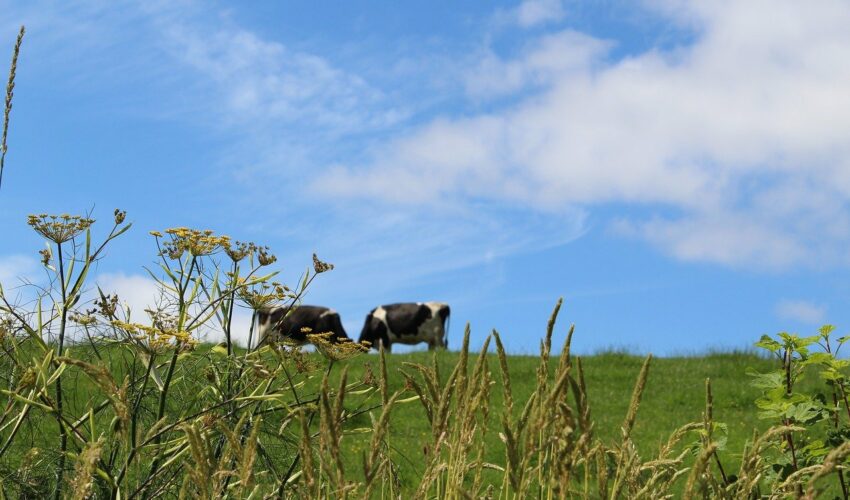Permitted development rights (PDRs) allow certain types of development to be carried out on land without the need for full planning permission. They allow landowners to build, extend, develop, convert, excavate or carry out engineering work on certain sites without going through the full planning permission process, and some have been designed specifically for agricultural buildings. If your farm is 5 hectares or more, you have the right to erect, extend or alter a building. The types of permitted development include temporary uses of land, agricultural buildings below a certain size, forestry buildings, caravan sites and related buildings in some circumstances. In this article, what can I build on agricultural land without planning permission, we take a look at the process and mechanism involved.
Free Initial Telephone Discussion
For a free initial discussion on how we can advise you on developing on agricultural land, get in touch with us today. We will review your situation and discuss the options open to you in a clear and approachable manner. Early expert legal assistance can help avoid the stress of dealing with these issues on your own. Simply call us on 0345 901 0445 or complete our online enquiry form and a member of the team will get back to you.
Is change of use permitted?
In April 2015, a number of new and revised General Permitted Development Rights came into existence. These allow agricultural land and buildings to be changed into any one of the following uses:
A flexible use (Class R): this includes various uses, such as shops, financial and professional services, restaurants and cafes, business, storage and distribution, hotels, and assembly and leisure.
An educational use (Class S): This includes state-funded schools or registered nurseries.
A residential use (Class Q): The conversion of a maximum floor space of 450 sq metres into three dwellings. This is subject to siting, noise, contamination, flood risk, design or the transport or highways impacts of the proposal being acceptable.
On October 1 2017, a new class of permitted development right (Class PA) also came into force allowing the change of use of a building in light industrial use to a residential use.
As a result, some farmers are using permitted development rights to create new accommodation space on the farm, for example, barn conversions. However, any planned development must still go through the correct planning procedure and a permitted development application needs to be approved before any building work can take place.
How does the application process work?
Anyone can make an application, whether or not they own the property or land concerned. If you are not the owner or only have part ownership, you will have to inform the owner or those who share ownership with you. Where land or buildings are rented from you, you will have to inform any leaseholder whose lease still has seven or more years to run, or any agricultural tenant. Tenants must inform landlords. It is not necessary to make the application yourself. You can appoint an agent (for example, a planning consultant, an architect, a surveyor or a builder) to apply on your behalf. It is advisable for tenants to seek expert impartial professional advice.
As part of your preparation, it is a good idea to talk about your ideas at an early stage with your local planning authority. In addition to offering general advice, the authority will be able to send you copies of the planning application form and any guidance notes, advise you about the timetable for dealing with your application and explain the requirements for publicising your application. Once the local planning authority has received your permitted development application, it must respond within 28 days if prior approval is needed. If this is the case, local planners have a further eight weeks to reach a decision.
Questions taken into consideration include the location, design and agricultural requirement for the development. It is also important to keep in mind that extra rules apply to livestock buildings and slurry storage if they are close to protected buildings or residential properties that are not farmhouses.
How We Can Help
Our team is well versed in dealing with all the legal aspects of developing upon agricultural land, and we are here to help in any way we can.
We will explain clearly the legal issues and provide open, honest and professional advice.
How to Contact our Agricultural Law Solicitors
It is important for you to be well informed about the issues and obstacles you are facing. However, expert legal support is crucial in terms of reducing risk, saving you money and ensuring you achieve a positive outcome.
To speak to our Agricultural Law solicitors today, simply call us on 0345 901 0445, or allow a member of the team to get back to you by filling in our online enquiry form. We are well known across the country and can assist wherever you are based. We also have offices based in Cheshire and London.
Disclaimer: This article provides general information only and does not constitute legal advice on any individual circumstances.




Leave a Reply
You must be logged in to post a comment.